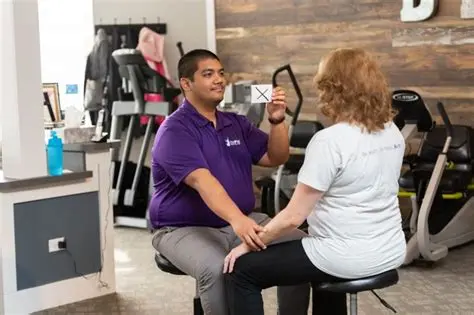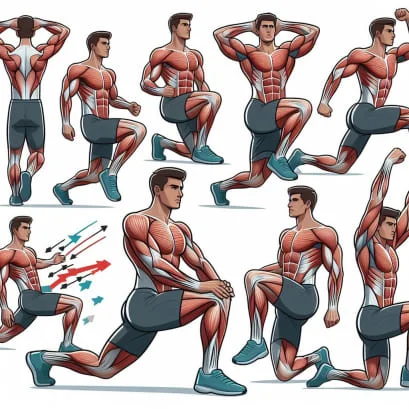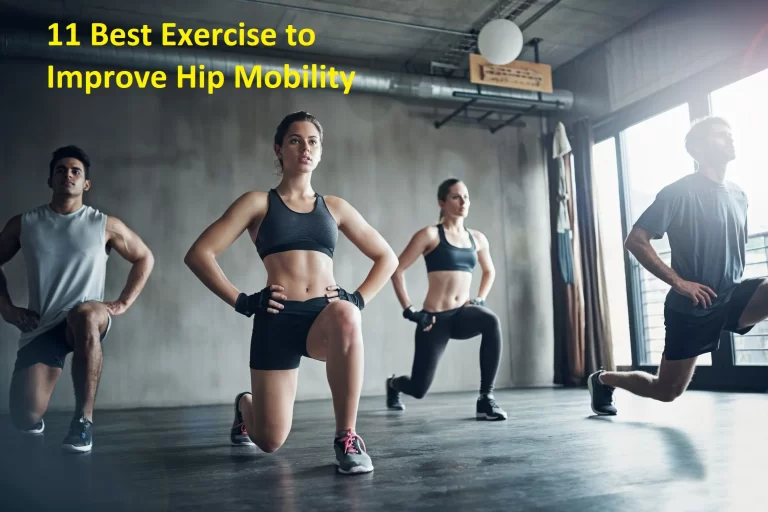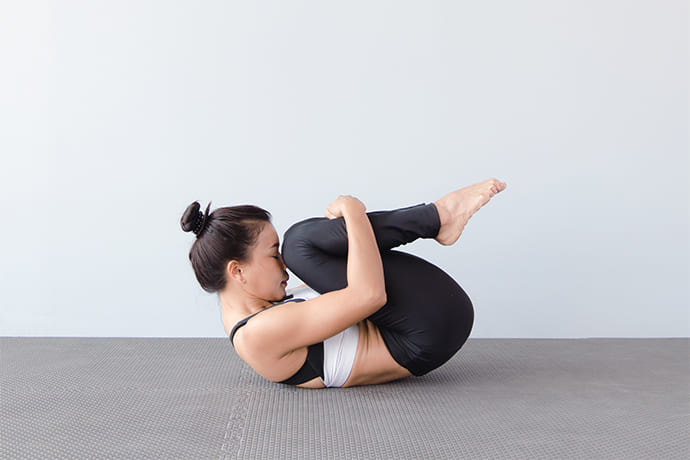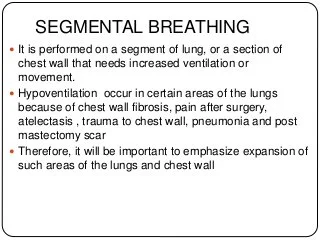Gaze Stabilization Exercise
Table of Contents
What is gaze stabilization?
If a person constantly feels like the room is spinning or rotating, it can be challenging to adjust their vision to their surroundings. Gaze stabilization trains affected individuals to focus their eyes on an object at a time without becoming light-headed or dizzy or nauseous.
Gaze Stabilization training is used to enhance control of eye movements so vision can be clear during movement of the head. These exercises are appropriate for patients who have problems seeing clearly because their vision appears to bounce or jump around, such as when reading or when trying to identify or focus on objects in the environment, especially when moving about.
Kinds of conditions treated with gaze stabilization exercises:
The word “gaze stabilization” may indicate help with vision impairment issues. However, this treatment course uses gaze to assist mitigate feelings of dizziness and nausea caused by conditions like:
- Vestibular neuritis
- Central vestibular disorders
- Acoustic neuroma (swelling or cancer in the 8th nerve [Vestibulocochlear nerve])
The goal of these gaze stabilization exercises is to help you be able to move the head and stabilize the gaze so
that you train your system to not evoke ongoing symptoms of visual strain, dizziness or
vertigo with these types of movements.
Aims of exercises:
- To teach movement of the eyes, independent of the head.
- To practice balancing in everyday conditions with special attention to developing the use of the eyes and the muscle sense awareness.
- To practice movements of the head that cause dizziness.
- To become habituated to moving about naturally in daylight and in the dark.
- Generally, to encourage the re-formation of confidence in making easy, relaxed, spontaneous movements.
NOTE: During the first few times the exercise is performed, you should have another person present in case the dizziness becomes very severe.
Procedure:
Take a piece of paper with white background. Write a capital letter in the center. For example “A”. Tape a paper on the wall at eye level at 5 feet distance.
Move the head as follows in a small range of motion or small direction while keeping the eyes focused on the letter:
Side to side for 30 seconds, like you’re shaking your head to say “No”
Up and Down for 30 seconds, like you’re nodding your head “Yes”
Do this exercise 3 times at a time. Perform exercise 3 times a day. Do this exercise regularly for 6-12 weeks for better results and going away dizziness.
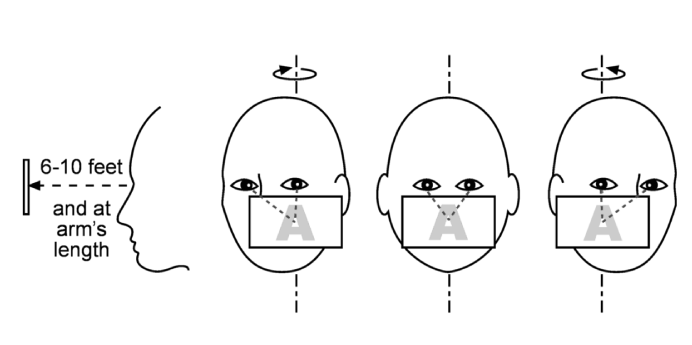
Move the head as fast as possible while keeping the letter steady and in focus.
Progression:
Start the exercise in a sitting position with slow head movement.
Then do the progression of the exercise in the following ways:
- If can do without any dizziness then move your head faster
- Standing with feet together
- Standing heel to toe
- Standing on the firm surface followed by a pillow
- Marching on a place
- Walking in hallway
For making complex exercises, instead of using blank background, use a busy wallpaper or checkerboard.
Exercise dimensions to make more complex and difficult:
- Protocol of head movement
- Head turn with a break (head thrusts, may be very fast)
- Head turns back and forth continuously without break (sinusoidal, generally slow and medium only)
- Sometimes, one adds in linear movement (these are angular movements) such as sitting on a “bouncy ball”. These kinds of movements are sometimes important to driving.
2. Speed of head movement — you want to practice all of these –not just the fast one.
- Slow
- Medium
- Fast (also called a head thrust)
3. Target distance while moving the head –this progression is to change demands for otolithic participation
- Near distance (1 foot)
- Far distance (3 feet or more)
4. Background while moving the head — this exercise is to practice multisensory integration. Very important.
- Eyes closed (this is for the practice of mental imagery)
- Blank background
- Busy background (i.e. checkerboard)
- Very busy background (i.e. grocery store)
- Very busy moving background (for example, crowds, windy outdoors, watching waves come in)
- Misleading background (for example, rotating visual surround, twisting golf umbrella, walking against a crowd moving the other direction, x2 exercises – -where the head and target move in different directions)
5. Head position on the trunk — this is to avoid training for a single context. This may not be the most crucial dimension unless a person spends a lot of time with her head off-center.
- Middle
- Left and right
- Up and down
- Roll (movement of the head around the front-back axis)
6. Head position with respect to gravity — to avoid training for a single context. This is not the most important dimension unless you need to have a good balance in odd positions.
- Upright
- Supine
- Prone
7. Doing other things going on that require mental processing by themselves. This is where things can get
really difficult when combined with some of the other activities above.
- Movement such as walking — outdoors is best, but a treadmill is another possibility.
- Thinking/talking on your cell phone/driving
Measuring outcome. Visual perceptiveness while active and subjective symptoms are the main measures here.
Gaze stabilization exercises video
When should you stop doing the exercise?
These exercises should be done at least 3 times a day for a minimum of 6 to 12 weeks or until the dizziness completely goes away. Stopping before the complete resolution of dizziness often results in a reversion in symptoms. The point at which one stops the exercises is when one has no symptoms of dizziness for two consecutive weeks. The exercise may be stopped and restarted again at any time if dizziness replaces.
The following exercises should be performed twice daily. The exercises are designed to challenge the balance system and often cause symptoms of dizziness. This is a usual response to these stimulating exercises. a person should try to work through these symptoms if possible. If a person feels that they cannot, have your nurse contact an inpatient physical therapist for assistance.
Methods:
Perform up to each movement 20 times.
All exercises are started at an excessively slow time and gradually increase speed to a more rapid rate.
Be sure to continue exercising even though you become dizzy. Pause and rest only if you become nauseated or sick to the stomach. If sick, after resting, try a different exercise. If you become sick, postpone until the next session.
Eye Exercises – Gaze Stabilization Tips
- The target property must remain in focus, not blurry, and appear stable while the head is in motion.
- Perform the exercise with small head movement or small ROM (45 degrees on either side).
- The speed of head motion should be increased slowly as long as the target remains in focus.
- If you wear glasses, wear them while performing eye exercises.
- These exercises may provoke dizziness or nausea. Try to exercise through these symptoms.
- Rest between each exercise.
- Exercises demand full concentration. Avoid any distractions.
- For safety, standing exercises should be performed next to a counter or next to someone, or in presence of another person.
FAQs:
What is the gaze stabilization test?
The gaze stabilization test (GST) was planned as a clinical test of vestibular function. The test assesses how quickly the head can be moved while keeping the focus on a computer-based target, thus theoretically providing an estimate of vestibular-ocular reflex (VOR) function.
What is gaze in neurology?
The word gaze is repeatedly used in physiology to define the coordinated motion of the eyes and neck. The sideways gaze is controlled by the paramedian pontine reticular formation (PPRF).
What is gaze dysfunction?
A conjugate gaze palsy is an incapability to move both eyes together in a single horizontal (most commonly) or vertical direction.
What causes gaze stabilization issues?
Certain pathologies such as neck pain, concussion, neurological conditions, whiplash injury, dehydration, cardiac pathology, and inactive lifestyle may all cause one to experience difficulty with habituation and gaze stabilization.
How do you check eye gaze?
Check ocular alignment using a torch
Hold a torch 1 meter in front of the eyes and look for the light reflex on the cornea (Hirschberg test). In the primary gaze (looking straight ahead at the torchlight), the light reflexes should be in a symmetrical position on each cornea

